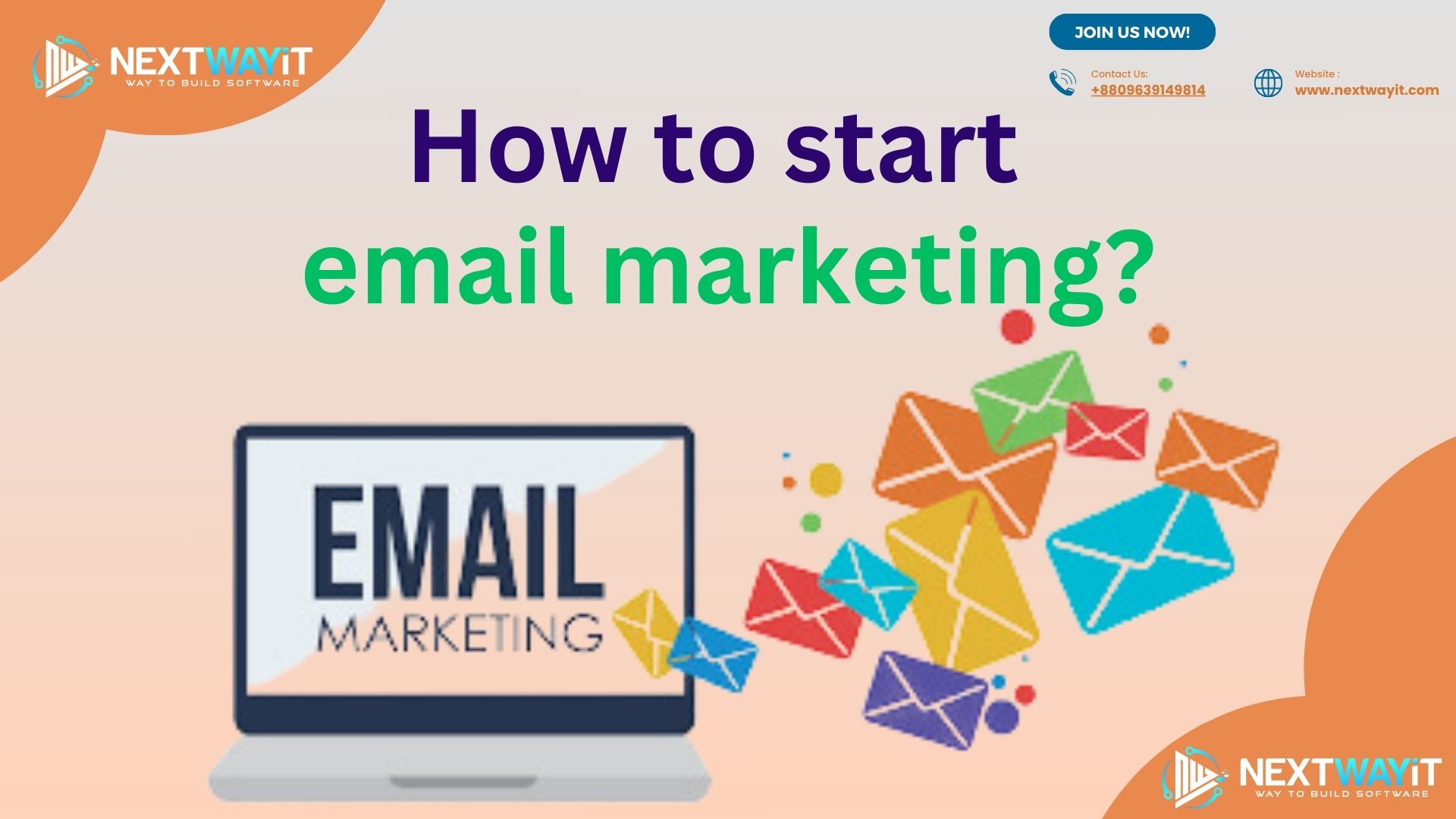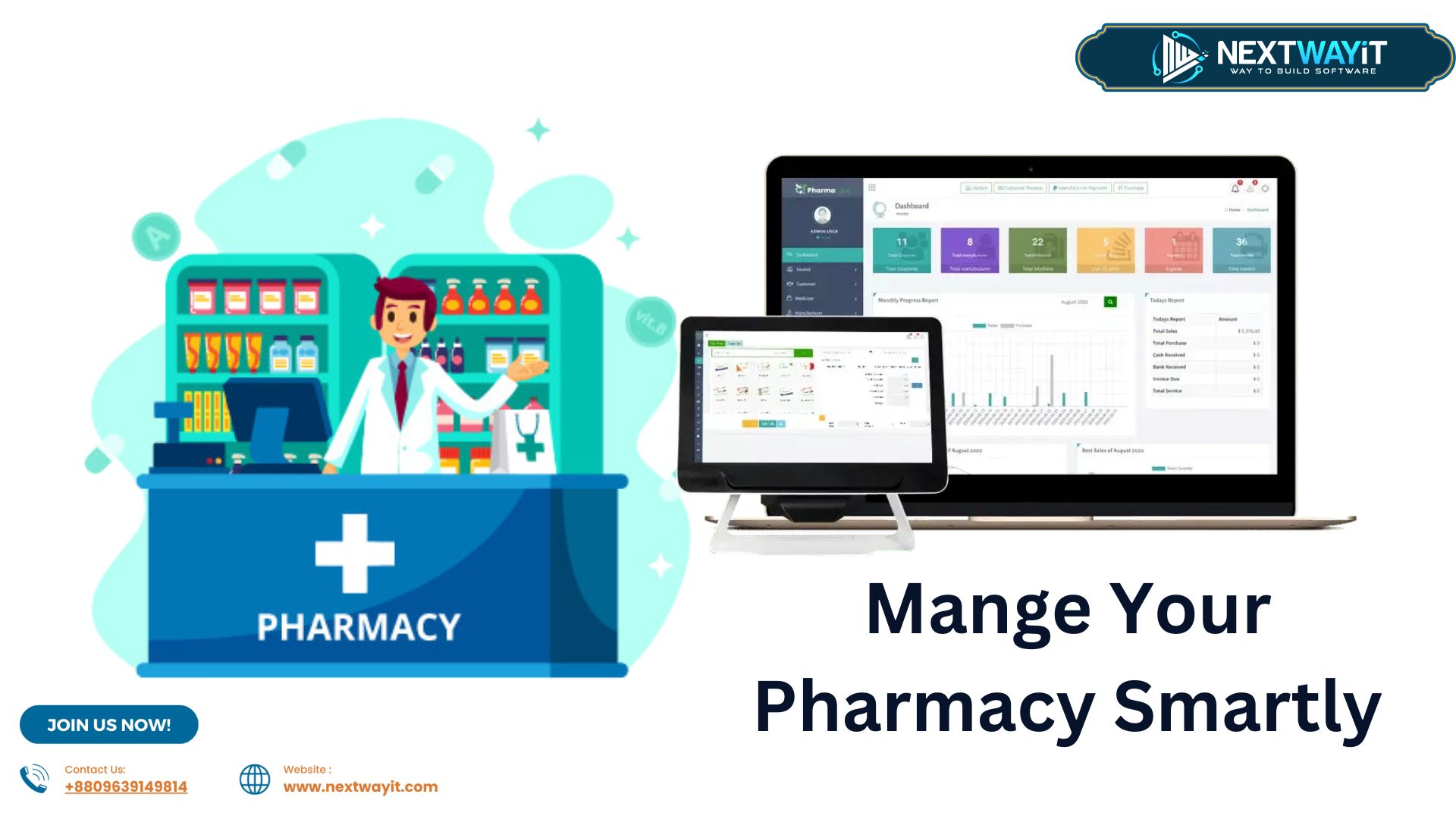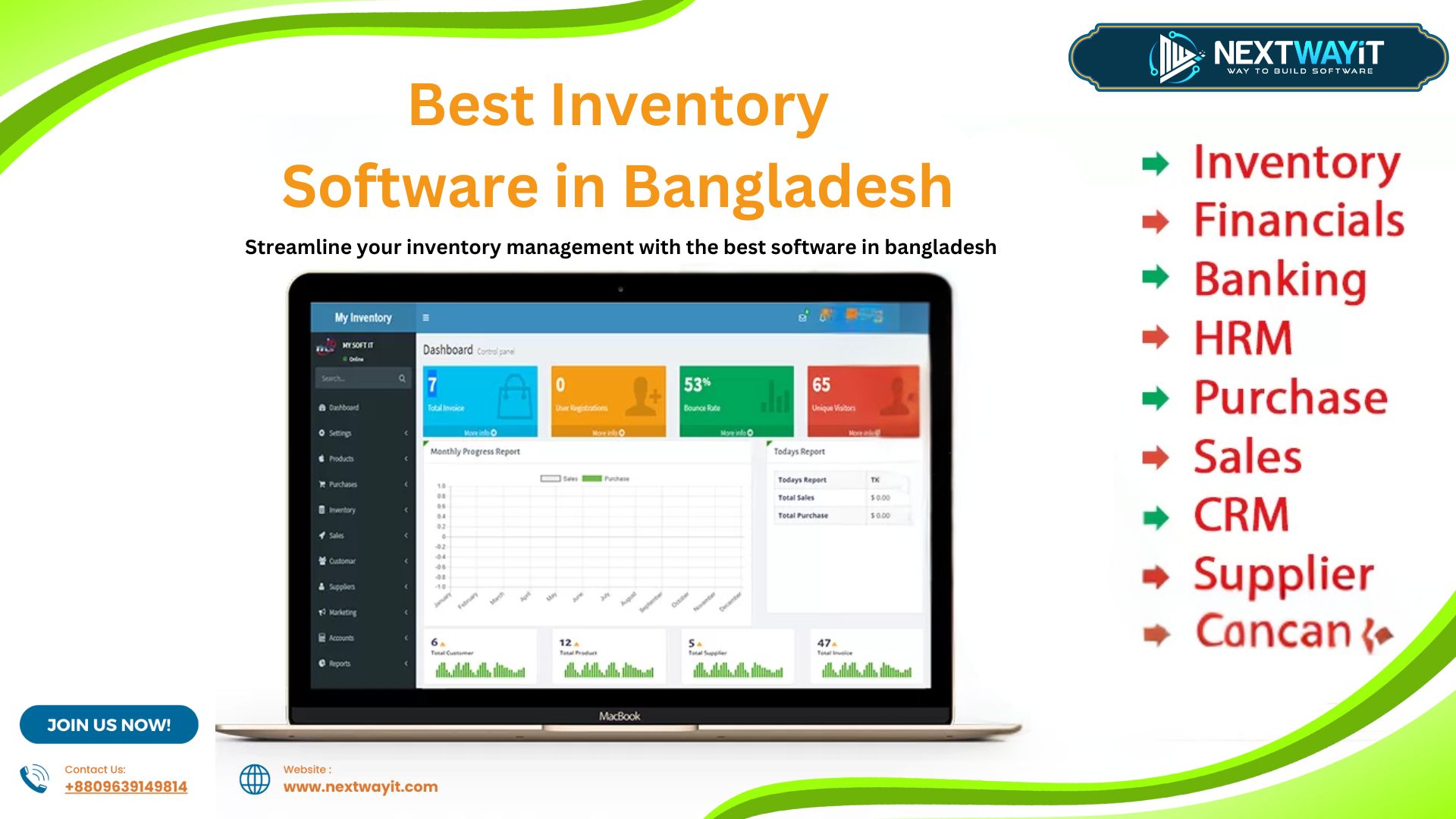
How to start email marketing?
In this article we will learn How to start email marketing?. Starting an email marketing campaign can seem daunting, but with the right tools and strategy, it can be an incredibly effective way to reach and engage your audience. Here’s a comprehensive guide to help you get started with email marketing.
1.Understand the Basics of Email Marketing
Email Marketing Defined
Email marketing involves sending commercial messages to a group of people via email. This can include advertisements, business requests, or soliciting sales and donations. It’s a direct form of marketing that allows businesses to keep their customers informed and tailor their marketing messages to the target audience.
Benefits of Email Marketing
- Direct Communication: Emails are sent directly to the audience’s inbox, offering a personal touch.
- Cost-Effective: Compared to traditional marketing channels, email marketing is relatively inexpensive.
- Measurable Results: Email marketing platforms provide analytics on open rates, click-through rates, and conversions.
- Targeted Messaging: Segmentation allows businesses to send tailored content to specific groups.
2. Choose the Right Email Marketing Software
Selecting the right email marketing software is a game-changer. At Nextway IT, we offer the best email marketing software designed to meet various business needs. Look for features like automation, segmentation, analytics, and ease of use when making your choice.
Features to Look For
- User-Friendly Interface: Ensure the software is easy to navigate.
- Segmentation and Personalization: Ability to segment your audience and personalize emails.
- Automation: Automated workflows for campaigns.
- Analytics: Detailed reporting on campaign performance.
- Integrations: Compatibility with other tools and platforms you use.
3. Build and Segment Your Email List
Building Your Email List
- Website Sign-Up Forms: Add sign-up forms to your website, blog, or landing pages.
- Lead Magnets: Offer something valuable (e.g., eBook, discount, or webinar) in exchange for email addresses.
- Social Media Promotion: Promote your sign-up forms on social media platforms.
- Offline Collection: Collect emails during events, store visits, or other offline interactions.
Segmenting Your Email List
Segmentation involves dividing your email list into smaller groups based on specific criteria. This allows for more targeted and relevant email campaigns.
Common Segmentation Criteria:
- Demographics: Age, gender, location.
- Behavioral: Purchase history, email engagement.
- Interests: Preferences, past interactions with your content.
- Lifecycle Stage: New subscribers, loyal customers, inactive users.
4. Craft Compelling Email Content
Subject Lines
The subject line is the first thing recipients see and significantly impacts open rates. Keep it short, intriguing, and relevant. Personalization, such as including the recipient’s name, can also boost open rates.
Body Content
- Concise and Clear: Keep your messages concise and to the point.
- Engaging: Use engaging language and visuals.
- Personalization: Tailor content to the recipient’s interests and behaviors.
- Call to Action (CTA): Clearly define what action you want the reader to take next.
Design and Layout
- Responsive Design: Ensure your emails look good on all devices.
- Visuals: Use images, videos, and other visual elements to make your emails more attractive.
- Branding: Maintain consistency with your brand’s colors, fonts, and style.
5. Set Up Email Campaigns and Automation
Types of Email Campaigns
- Newsletter: Regular updates about your business, products, or industry news.
- Promotional Emails: Special offers, discounts, or sales.
- Welcome Series: A sequence of emails sent to new subscribers.
- Re-engagement Campaigns: Target inactive subscribers to bring them back.
Automation
Automation allows you to set up a series of emails that are sent automatically based on predefined triggers, such as a welcome series for new subscribers or cart abandonment emails for online shoppers.
Creating Automated Workflows:
- Define Triggers: What actions will start the workflow? (e.g., signing up, making a purchase)
- Set Conditions: Specify any conditions that must be met.
- Design Email Sequence: Create the content and timing for each email in the sequence.
- Test and Launch: Test the workflow to ensure it functions correctly before launching.
6. Test and Optimize Your Emails
Testing
Testing involves sending two variations of an email to a small segment of your audience to determine which one performs better. You can test subject lines, content, CTAs, images, and more.
Metrics to Monitor:
- Open Rate: Percentage of recipients who opened your email.
- Click-Through Rate (CTR): Percentage of recipients who clicked on a link within your email.
- Conversion Rate: Percentage of recipients who completed the desired action.
- Bounce Rate: Percentage of emails that could not be delivered.
- Unsubscribe Rate: Percentage of recipients who unsubscribed from your list.
7. Ensure Compliance with Email Marketing Laws
Regulations to Consider
- CAN-SPAM Act (U.S.): Requires businesses to include an unsubscribe option and physical address in their emails, among other rules.
- GDPR (EU): Requires explicit consent from recipients before sending emails and mandates data protection measures.
- CASL (Canada): Requires explicit or implied consent before sending emails and includes specific content requirements.
8. Analyze and Adjust Your Strategy
Regularly analyze your email marketing performance and adjust your strategy based on the data. Look for patterns in your metrics to identify what works and what doesn’t.
Key Areas to Focus On:
- Content: What type of content resonates best with your audience?
- Timing: When is the best time to send emails to your subscribers?
- Frequency: How often should you send emails without overwhelming your audience?
- Segmentation: Are your segments accurate and effective?
9. Stay Updated with Email Marketing Trends
Email marketing is constantly evolving, and staying updated with the latest trends and best practices is essential. Follow industry blogs, attend webinars, and participate in forums to keep your knowledge current.
Current Trends to Watch:
- Interactive Emails: Adding elements like quizzes, polls, and interactive images.
- AI and Machine Learning: Using AI to personalize and optimize email content.
- User-Generated Content: Including content created by your customers.
- Privacy and Data Protection: Increasing emphasis on data security and privacy.
Conclusion
Starting an email marketing campaign involves understanding the basics, choosing the right software, building and segmenting your email list, crafting compelling content, setting up campaigns and automation, testing and optimizing your emails, ensuring compliance with laws, analyzing your strategy, and staying updated with trends. By following these steps, you can create effective email marketing campaigns that engage your audience and drive results.
For more information and to explore the best email marketing software, visit Nextway IT.
FAQ:
1: How often should I send emails to my subscribers?
It depends on your audience and the type of content. Generally, once a week is a good starting point.
2: What are some good subject lines for email marketing?
Keep it short, intriguing, and relevant. For example, “Don’t Miss Out on Our Latest Offers!”
3: How can I improve my email open rates?
Use compelling subject lines, personalize your emails, and ensure your emails are mobile-friendly.
4: What metrics should I track in email marketing?
Open rates, click-through rates, conversion rates, bounce rates, and unsubscribe rates.
5: Is it necessary to use email marketing software?
Yes, it simplifies the process, helps manage your list, automates campaigns, and provides valuable analytics.



